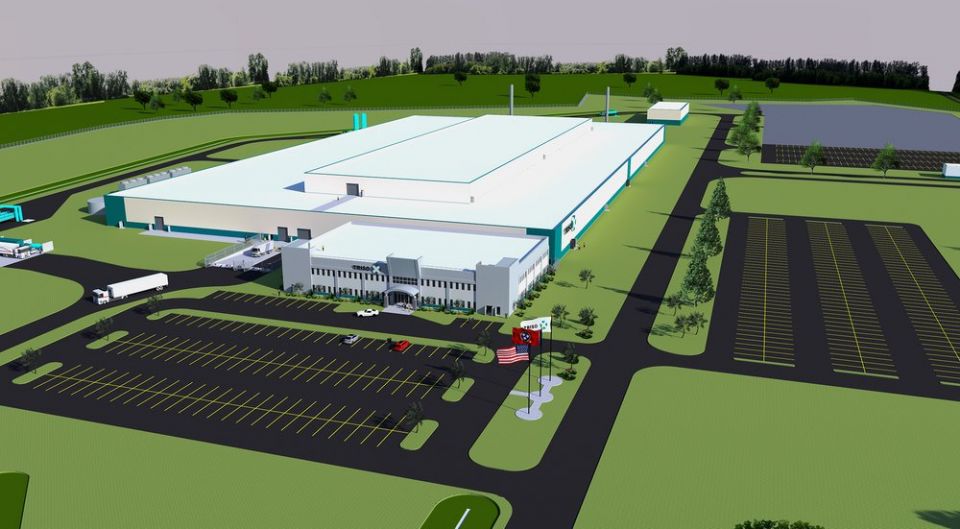Currently nuclear accounts for 27 percent Arizona’s power, generated by the state’s sole nuclear facility—the three-unit Palo Verde plant—which is the second largest in the country and generates 32 million megawatt-hours each year, according to the U.S. Energy Information Administration.
The three utilities say the nuclear study is part of long-range planning, since a new plant—even once a site and design are chosen and approved by the U.S. Nuclear Regulatory Commission—likely wouldn’t come on line until the 2040s.
A closer look: APS, SRP, and TEP applied for funding from the U.S. Department of Energy’s Generation III+ Small Modular Reactor program that opened for submissions last fall and closed on January 17. The program is making up to $900 million available to speed up deployment of SMRs.
Unlike other recent reactor projects backed by the DOE, this program calls for a consortium approach to spread risk and expenses while avoiding cost overruns. The grant would cover half the costs of SMR projects only after a team led by a utility, development company, or other end user—not by a nuclear reactor vendor—reaches certain milestones.
If approved, the DOE grant would support a three-year site selection process and possible preparation of an early site permit application to the NRC.
At the program announcement last October, then secretary of energy Jennifer Granholm said, “Ultimately, I think what we are starting here is a race to the top.”
In their words:
Energy demand in Arizona is increasing rapidly. To ensure a reliable and affordable electric supply for our customers, we are committed to maintaining a diverse energy mix. While new nuclear generation would take more than a decade to develop, the planning and exploration of options must begin now.
—Ted Geisler, APS president
SRP is exploring all options to meet the growing energy needs of the Phoenix metropolitan area affordably, reliably, and sustainably. We appreciate the collaboration with our neighboring utilities to help determine the role new nuclear generation could play in powering Arizona’s future.
—Jim Pratt, SRP general manager and CEO
New nuclear generation could provide Arizona with reliable, around-the-clock, carbon-free energy to power economic growth while helping us make progress toward a clean energy future. We know the development timeline would be long, so it makes sense for our state’s energy providers to begin this preliminary evaluation as soon as possible.
—Susan Gray, TEP president and CEO






